Used for centuries and known for its versatility, durability, and timeless appeal, linen is one of the most sustainable and eco-friendly fabrics in fashion history. Made from the fibres of the flax plant, it is a natural material that is strong, absorbent, and breathable.
Wearing linen shirts, or sleeping on linen bedding feels like relaxing on a tropical island. It absorbs moisture without holding bacteria and in fact, is actually stronger when wet than dry, and becomes softer and more pliable the more it is washed. It just gets better and better, making it durable, long lasting and of course very very sustainable.
Let's get into its sustainable characteristics in detail -
- Texture: Linen has a natural texture that is slightly rough and uneven, which adds to its charm and character.
- Strength: It is a strong fabric that can withstand wear and tear, making it ideal for products that require durability.
- Absorbency: Linen is highly absorbent, which makes it a popular choice for products like towels, napkins, and tablecloths and even clothes!
- Breathability: Linen is breathable, allowing air to circulate through the fabric, making it comfortable to wear in warm weather.
-
Drape: It has a beautiful drape, which gives it an elegant and sophisticated look making it versatile enough to dress up or down.
Linen Is Older Than You Think
Linen is one of the oldest fabrics in the world and has been used for thousands of years for clothing, household textiles, and even mummification in ancient Egypt. Its beneficial and sustainable characteristics have led many European cultures to form traditions of handing down linen bed-sheets as heirlooms. Unlike cotton, linen that’s been well cared for can last for up to three decades. It’s one of the oldest fibers known, dating back to 8000 BC. The Egyptians used it as currency, and it formed an integral part of the mummifying process. At one point it was even used in a form of battle armor called Linothorax.
Linen was also popular in ancient Greece and Rome, where it was used to make clothing for the wealthy. It was prized for its lightweight, durability, and ability to keep the wearer cool in hot weather. Even today, its popularity is widespread for clothing, bedding, and household textiles. It is prized for its eco-friendliness, as linen is made from flax, a crop that requires fewer resources to grow than cotton.
Linen’s Sustainable Production Process
Flax, the plant from which Linen is made, is extremely sustainable and versatile. Every part of the flax plant has traditionally been used to create a worthwhile product – nothing is wasted, and the whole production process is cost-effective. Flax is resilient and can grow in poor soil, using far less water in its consumption than cotton.
The United Nations Food and Agriculture Organisation states that flax uses 13 times fewer pesticides than potatoes, but is only approximately 1% of the world’s apparel fibre consumption.
Let's take a quick look at the step by step production process:
- Harvesting: Flax plants are typically harvested in the summer, when the plants are in full bloom. The plants are pulled up by the roots and then left in the field to dry for several weeks.
- Retting: The dried flax plants are then soaked in water for several days or weeks to loosen the fibers from the plant stalks. This process is called retting, and it can be done in a variety of ways, including dew retting, water retting, or chemical retting.
- Scutching: Once the fibers have been separated from the stalks, they are then cleaned and prepared for spinning. The first step in this process is called scutching, which involves beating the fibers to remove any remaining pieces of plant material.
- Hackling: The fibers are then hackled, which involves combing them to remove any remaining impurities and to align the fibers.
- Spinning: The prepared fibers are then spun into yarn or thread using a spinning wheel or spindle.
- Weaving: Finally, the yarn is woven into linen fabric using a loom.
After weaving, the linen fabric is typically washed, bleached, or dyed, depending on the desired final product. The resulting fabric is known for its durability, breathability, and ability to absorb moisture, which makes it a popular choice for clothing, bedding, and home decor.
LINEN COMPARISONS
Linen vs. Hemp
Linen and hemp are both natural and have been used for thousands of years for clothing, textiles, and other applications. Both are versatile and sustainable fibres that are eco friendly, and our favourites here at One Less! Linen comes from flax, while hemp comes from cannabis. Linen is known for its smooth texture, while hemp is more durable and has a coarser texture. The choice between the two depends on the intended use and personal preference.
Linen vs. Wool
Linen vs. Wool
Linen and wool are two very different fabrics, with unique properties and characteristics that make them suitable for different uses. Linen is popular for warm weather clothing as it is highly absorbent and dries quickly, making it a popular choice for household textiles such as towels and napkins. Linen is also hypoallergenic and has natural antibacterial properties. Wool, on the other hand, is a heavier and warmer fabric that is made from the hair of sheep, goats, or other animals, and thus not vegan or entirely sustainable. It is known for its insulation properties, making it ideal for cold weather clothing such as coats, jackets, and sweaters. Both linen and wool are natural fibers that are biodegradable, however given a choice, linen is the preferred option due to its eco friendly and sustainable nature.
Linen vs Polyester
The main differences between linen and polyester are that linen is a natural fabric, while polyester is synthetic. Polyester is generally less expensive than linen, but it is not as sustainable, as it is made from petroleum and is not biodegradable. Even though polyester is known for its durability and resistance to wrinkles, shrinking, and fading, its non eco friendly nature takes away from its other optimal qualities.
Stay in touch on Instagram and sign up to our newsletter for some sustainable linen product updates coming very soon!
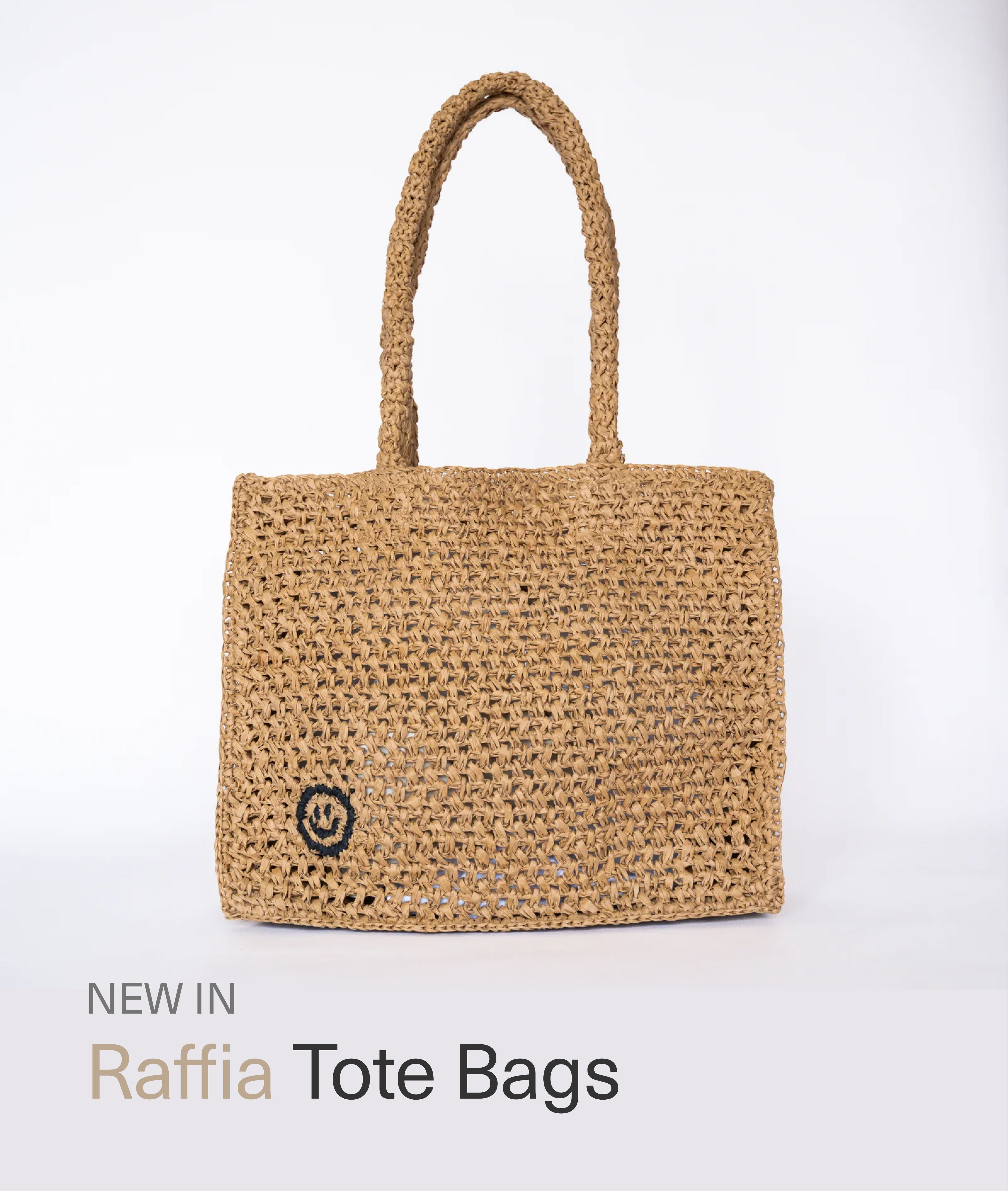
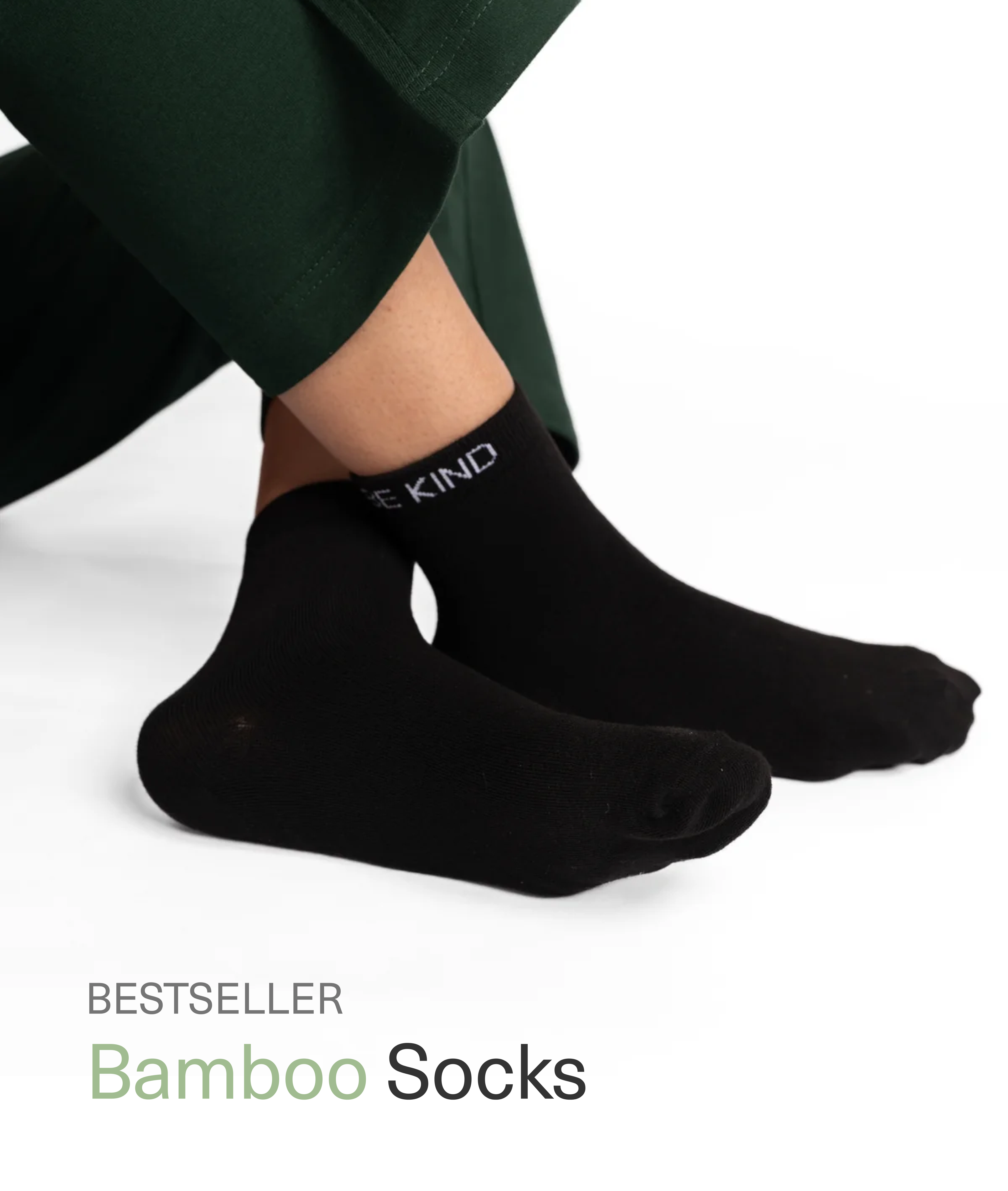
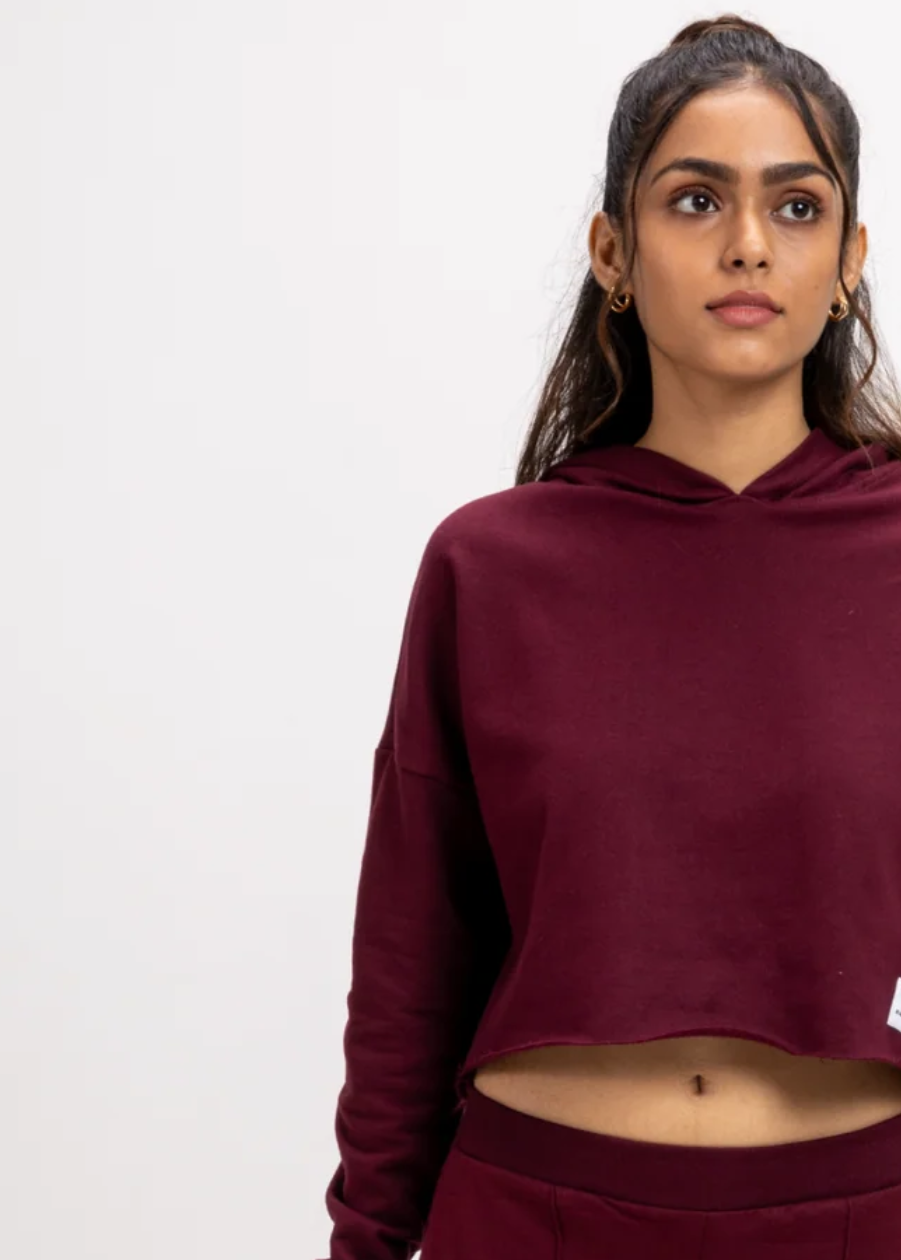
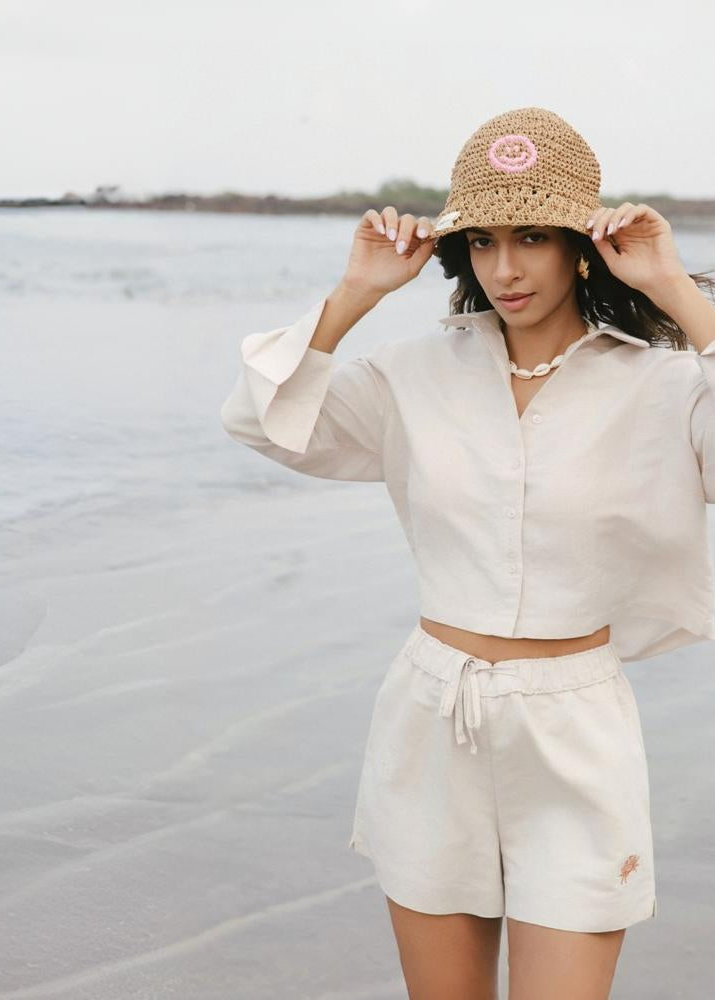
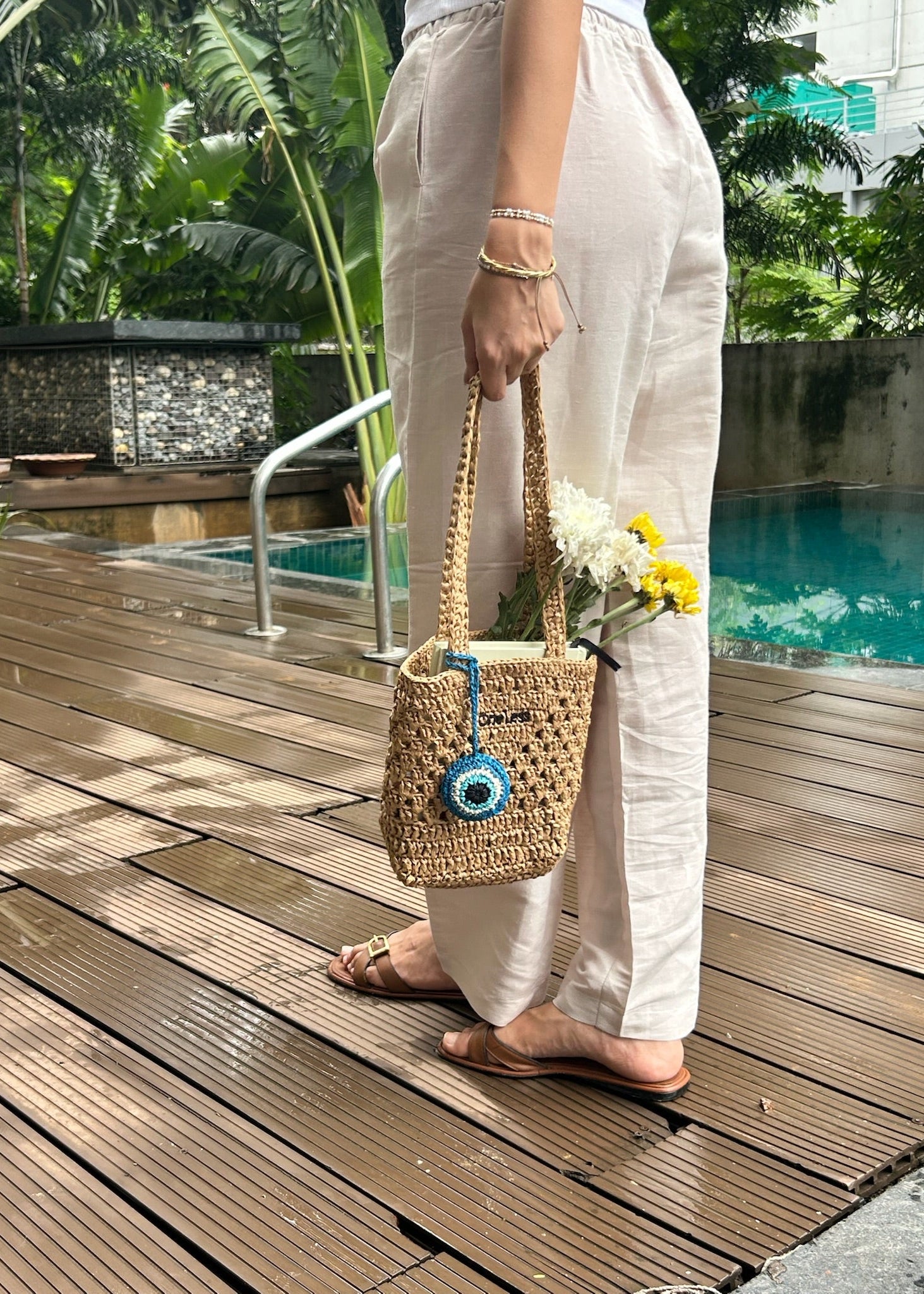

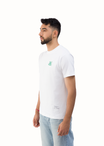




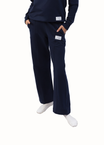

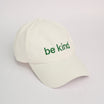
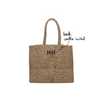
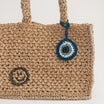
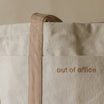
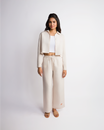

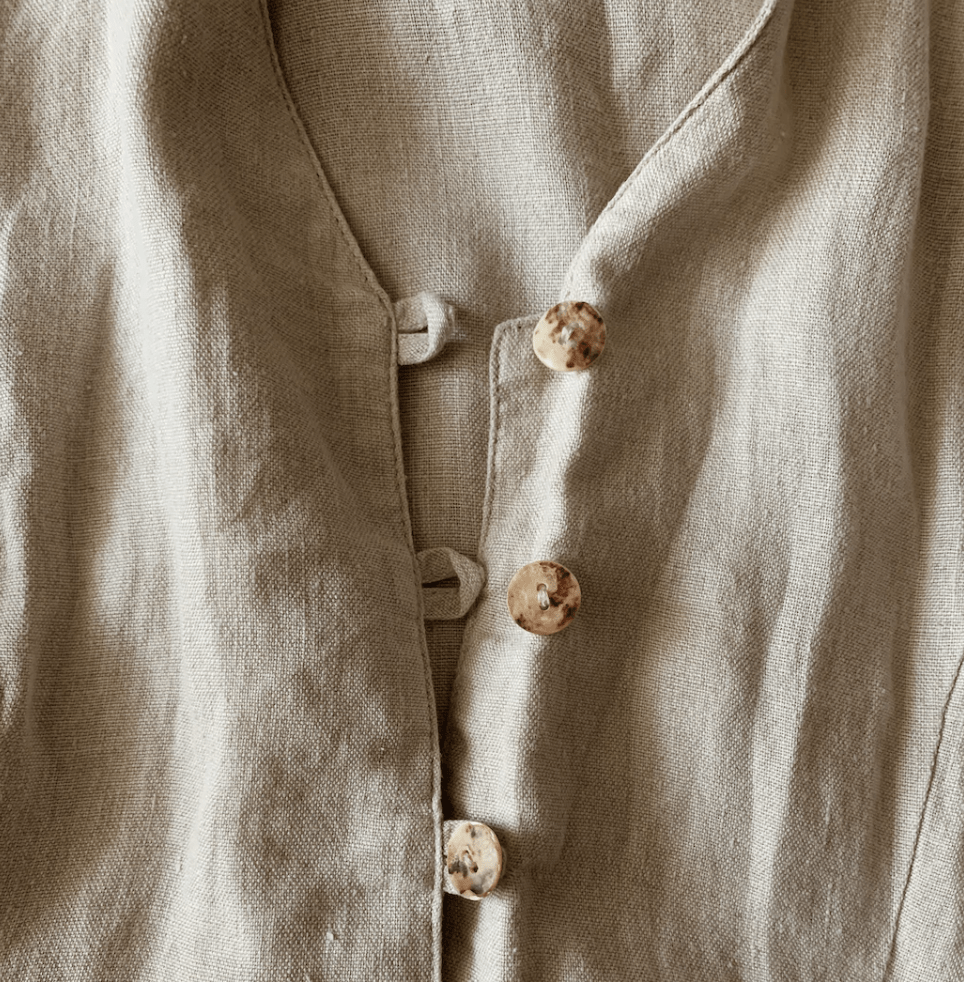


Leave a comment
This site is protected by hCaptcha and the hCaptcha Privacy Policy and Terms of Service apply.